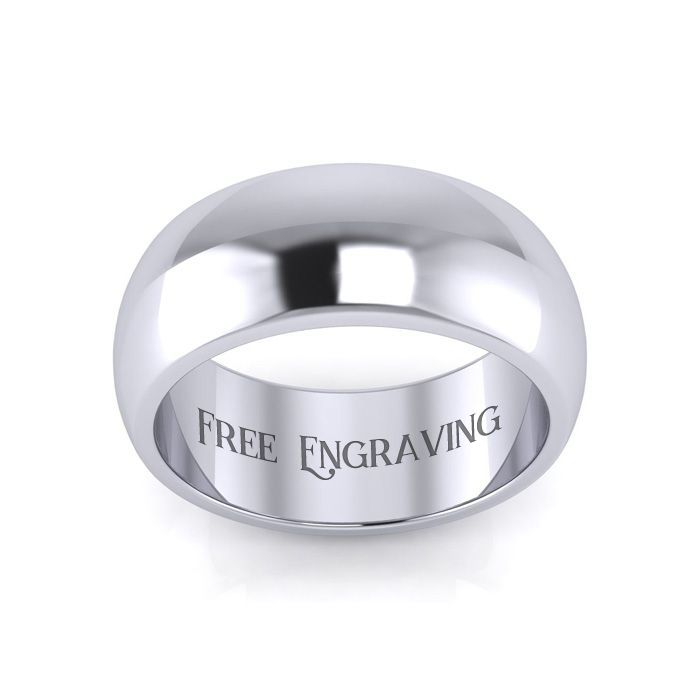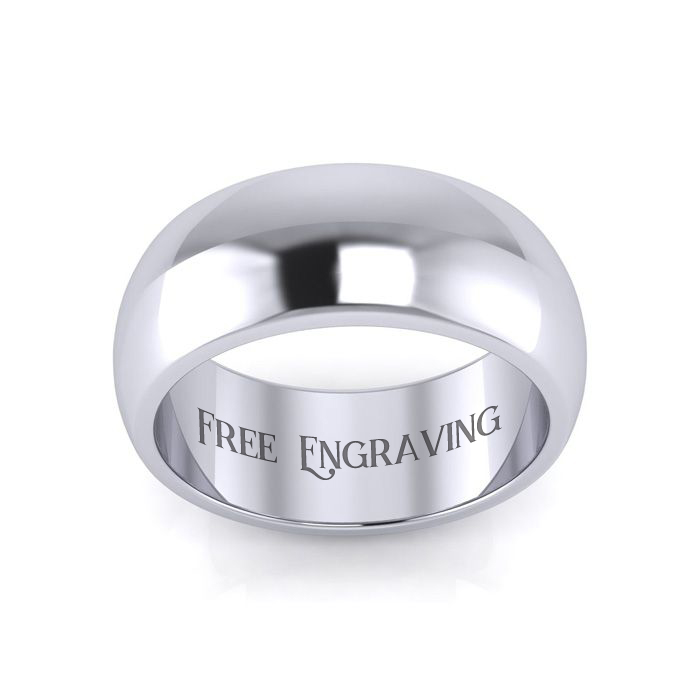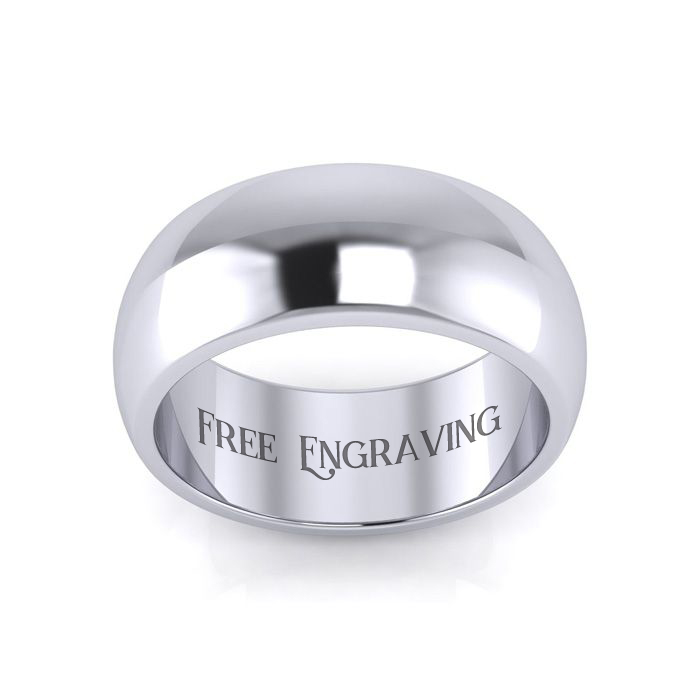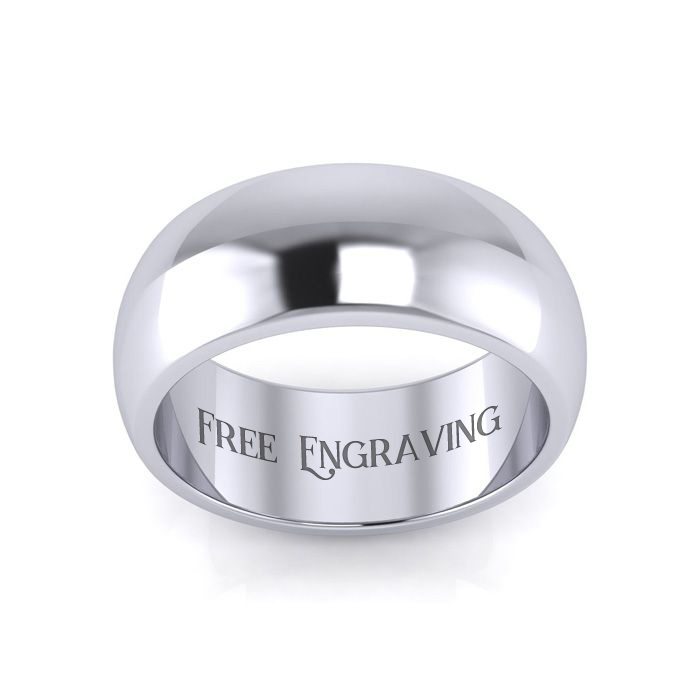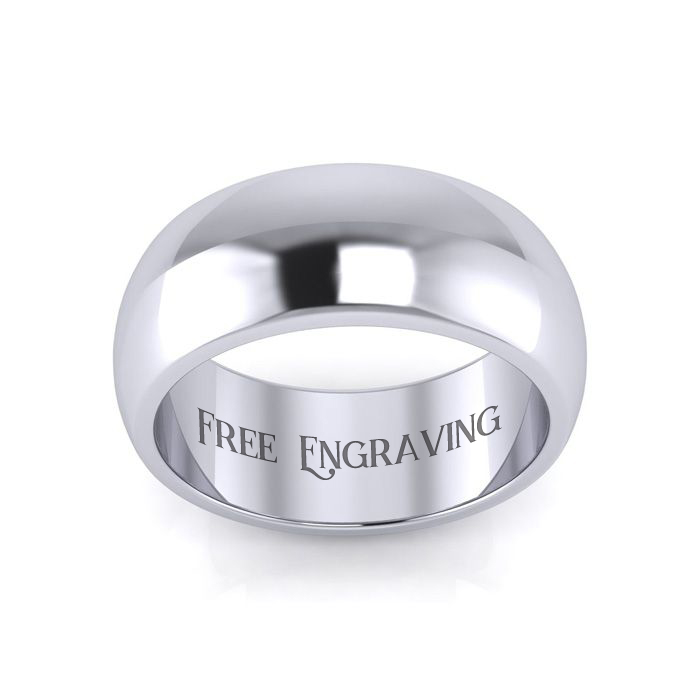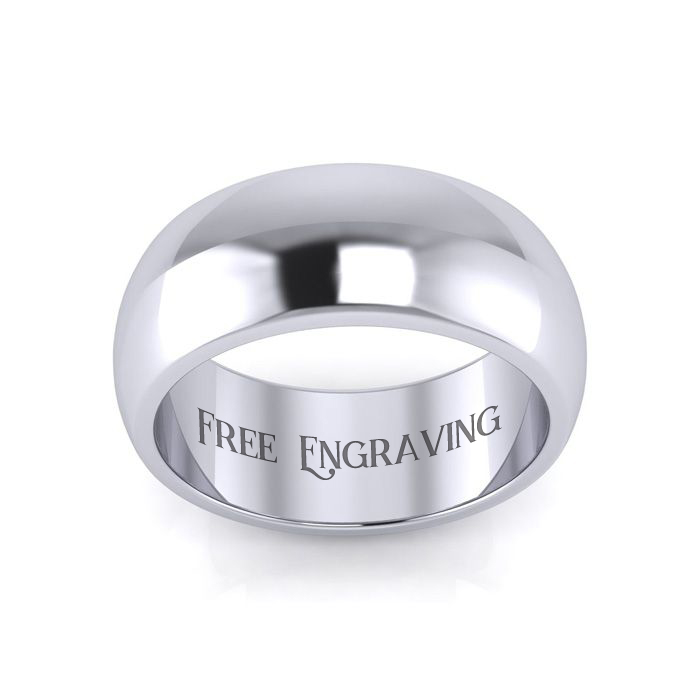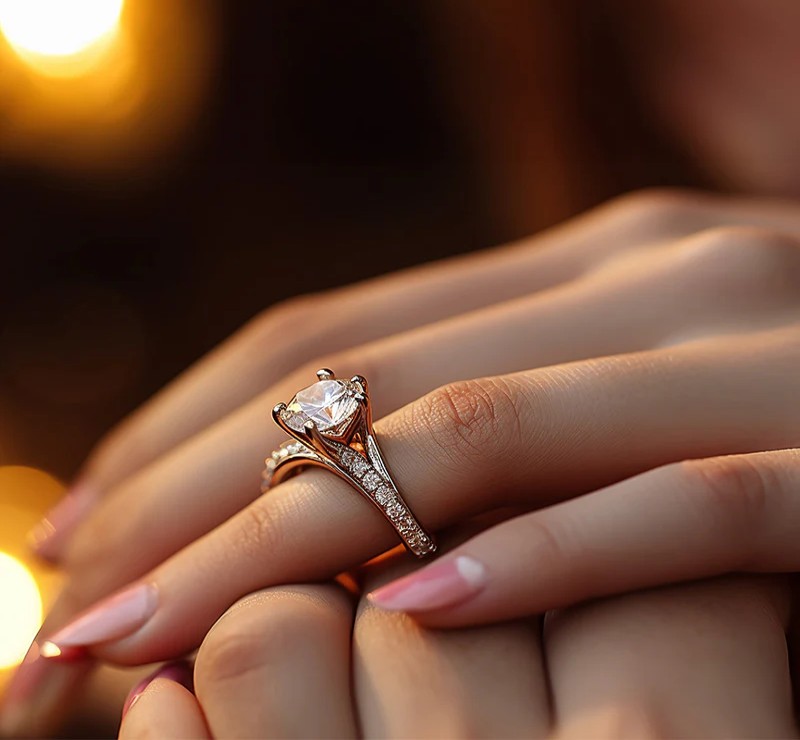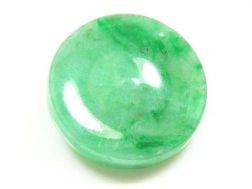
Jade Gemstone Buying Guide at DDB
Jade Gemstone: Although the rough stone is mostly found in Upper Burma, the land the Chinese call Yuthian (the jade country), China is the home of jadeite. It has always been regarded there of great importance for, apart from its use in jewelry and ornament, it had, for many centuries, its uses in ceremonial and religious rites, as well as in ordinary domestic and official life.
Shades and Colors of Jade Gemstone
Jade Gemstone Buying Guide at DDB Definite shapes and colors each had special significance, and very early examples dating back to before the Christian era are still in existence. Axe It heads and knives made entirely from jadeite were also used in still earlier days during a period which dates back to at least 3000 B.C. Jade Gemstone Buying Guide at DDB Such early specimens show subtle graduations of color and surface quality, with a simple form devoid of decoration.
History and source of Jade Gemstone
It was therefore not only the beauty of jade which attracted the Chinese; the imperishability of the stone was, and is, to them an outstanding quality since religious and civil ceremonies are all attended by the wearing of certain jade objects. Jade Gemstone Buying Guide at DDB In fact, as far back as the dynasty of Tcheon (1134 B.C.), a special keeper of jade was appointed by the Emperor.
The use of the material showed that the early Chinese were undoubtedly great artists. Jade Gemstone Buying Guide at DDB Their skill in the working of this stone is still unsurpassed, even though European lapidaries have available all modern tools and machinery which the Eastern lapidaries never use.
It is quite certain that small quantities of rough jadeite were sent from Burma to China at irregular intervals throughout many centuries, but owing to continual warfare between the two peoples, the long and arduous journeys which must have been required to bring the stone from the mountainous country to China, and the primitive methods employed, the trade must have been carried on with much difficulty. was not until after the year 1744, when hostilities between the two countries ceased, that a more regular supply was obtained. Jade Gemstone Buying Guide at DDB The chief sellers of the stone are the Kachins, a wild tribe of northern Burma. Payment was always made in the form of large discs of silver until about the Kachin Hills in Upper Burma is the chief locality where jadeite is found, and here it occurs in a when the rupee was recognized. 1874, year series of dykes of metamorphosed rock, the deposits being from five to seven feet in thickness, and about 20 feet in width. Jade Gemstone Buying Guide at DDB The chief dyke worked in recent years is the Tawmaw in the Uru valley, which extends for many miles through crystalline schists and other rocks. The mineral is extracted by sinking shafts and then driving across the dyke itself.
Mining of Jade Gemstones
When found as large boulders in a conglomerate (and these boulders sometimes reach the weight of 10cwts.), the stone is worked by open quarrying, and such deposits exist over a wide area. Jade Gemstone Buying Guide at DDB Some are found in the Uru River, from where many are picked out for cutting. The villages of Kansi, Hwehki, Lonkin. and Mawkalonare the chief centers of such workings. Before the jade is allowed to leave the mining districts, a tax of about 10 percent is paid to the local Kachin chiefs, and then it is carried down to Mogaung, where another tax of 33% percent is levied by the Government. From there, it is taken to Mandalay where some are worked, but the bulk continues its way to Rangoon and from thence to Hong Kong, Canton, and other Chinese centers. Jade Gemstone Buying Guide at DDB Jade beads are the chief finished article that Mandalay produces from the rough stone.









